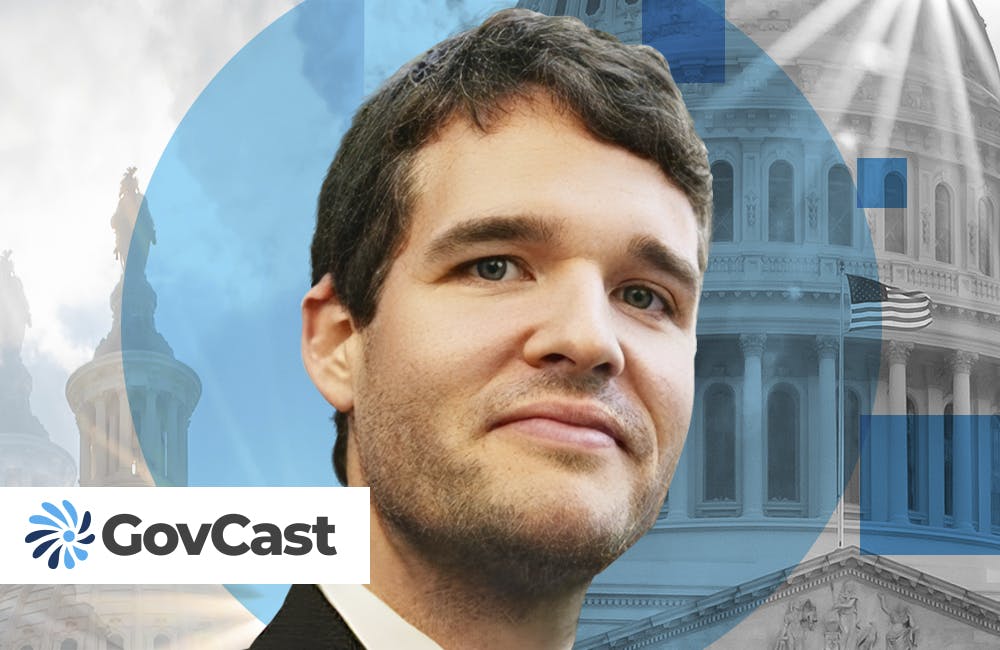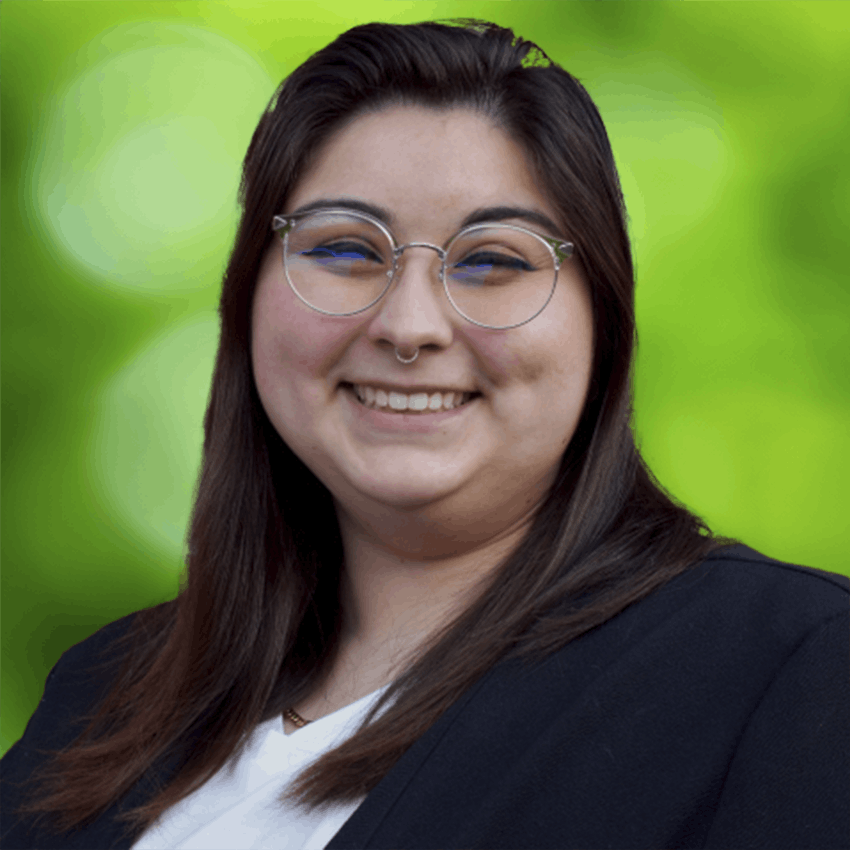How Agencies are Upskilling the Workforce in AI
Federal officials are putting in place new training and education methods to ensure its overall workforce understands the technology.

Federal agencies are prioritizing more training for their workforces in artificial intelligence through principles of transparency and accountability, officials said this week at ATARC’s GITEC conference in Charlottesville, Virginia.
“We don’t need new sets of ethics. We need to exercise the ones we have always been expected to exercise,” said Air Force Research Laboratory CIO and Director of the Digital Capabilities Directorate Alexis Bonnell at the conference.
President Biden’s October 2023 executive order on artificial intelligence tasked agencies with developing ethical AI and creating AI offices, among other directives. Although agencies like the Defense Department and the Department of Homeland Security are seeing great promise in AI, many leaders still caution about its ethical risks and the need to develop the technology safely.
Technologists aren’t the only ones who need AI training. To ensure employees across agencies understand the risks and benefits of AI, government leaders are focused on education and upskilling.
“We’re taking the initiative to give them some foundational training, we’re not trying to make them experts,” said Energy Deputy CIO of Resource Management Steven Brand in regard to upskilling his entire department in AI.
At the Federal Reserve Bank of Richmond, Executive Vice President and System CISO Tammy Hornsby-Fink said she created basic learning opportunities for anyone at the department, like a data scientist or an executive assistant, to learn about AI in bite-sized pieces.
“You really need to democratize your education,” Hornsby-Fink said. “The fact is you got to put the education to be considerable to people in the business so that they can start to put forward potential business cases.”
Hornsby-Fink also cited sandboxes as a necessary tool for employees to explore and test out new technologies safely.
“Leave areas for safe spaces,” Hornsby-Fink said. “Experimentation is how you take the things that people have learned and put them in a business context to determine whether or not they can provide value.”
Education may be one of the greatest tools agencies can use to continuously demystify the risks of AI, but it doesn’t stop there. For agencies to truly combat misinformation about AI, they must have consistent education, according to Department of Veterans Affairs Interagency Programs Manager, Ethics Officer and Associate Researcher Tony Boese.
Boese cited the agency’s ASPIRE data-literacy program, an AI-powered system that tests individuals to identify skills gaps and creates a tailored educational pathway for them.
He recalled the story of a Naval aviator who had taken a statistics class as an undergraduate, then again while in nursing school, and again when she joined the Navy. She had to take repeated classes for what she had already learned because there was no process in place to assess it.
“ASPIRE automatically populates an individualized learning pathway just for you so that we’re not wasting your time or government dollars when you train or retrain more times and things you don’t need,” Boese said. “The idea is that any agency that uses ASPIRE knows that it’s using the same secure system.”
Educating the workforce isn’t just about educating current entry- and mid-level employees, it also must extend to the recruiting process and go all the way up to leadership roles. The IRS has focused on modernizing its recruitment strategies and instituting necessary change management principles.
“When we talk about what the agency needs to do first to recruit, we need to modernize everything,” said IRS Office of Online Services Executive Director Karen Howard. “We talk about digital transformation and leveraging AI, but then [to] digitally transform something — we want to do that, but we don’t want to change.”
Howard also said the agency saw job applicants decrease when the agency said it would be requiring more in-person work. Prior to the announcement, Howard said the IRS was able to “attract some of the best talent” to deliver on the agency’s mission.
In addition to modernizing processes and technology, officials say agencies need to diversify their workforces. U.S. Patent and Trademark Office CIO Jamie Holcombe said agencies need to stop “running a 2024 organization using a 1960s playbook” and consider bringing in new perspectives from industry like those from Silicon Valley.
This is a carousel with manually rotating slides. Use Next and Previous buttons to navigate or jump to a slide with the slide dots
-

IRS CX Efforts Come With a New Acquisition Office
The agency is using Inflation Reduction Act funds to transform the taxpayer experience through digital tools and technology.
3m read -

How Health Care Leaders Should Plan for Building Cyber Resiliency
Policy leaders recommend health care organizations implement tools like encryption and multi-factor authentication to protect their data.
4m read -

HHS Aligns AI, Tech Strategy Under its Policy Agency
ONC will have a new name and oversee more c-suites to better shape the future of health care technology policy.
3m read -

Inside VA’s Lighthouse for App Development
Andrew Fichter discusses how Lighthouse is serving veterans and why it is necessary for modernization of veterans services.
24m listen








